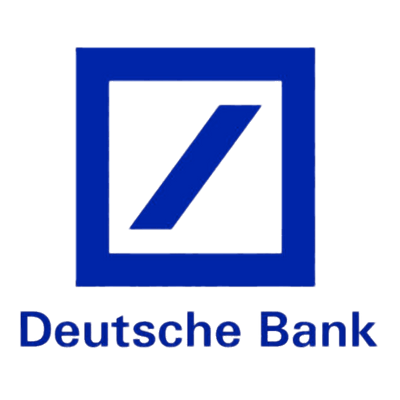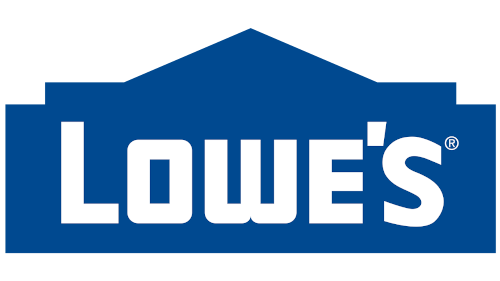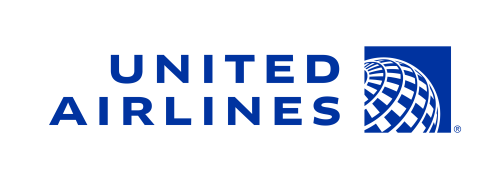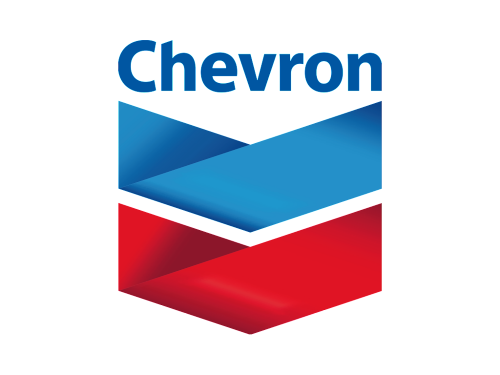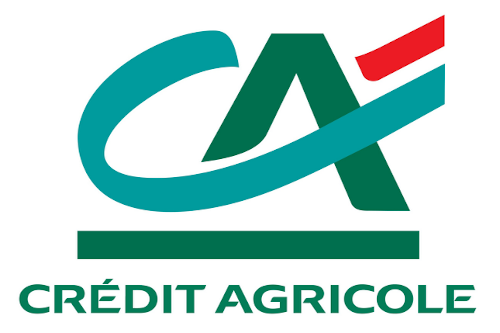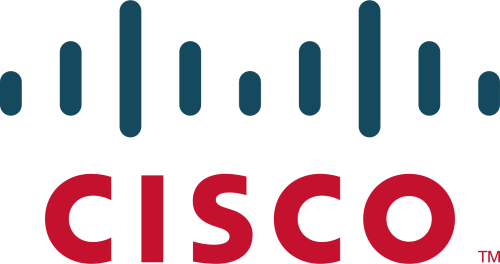Using DCIM to Consolidate and Drive Down Colo Costs
As colocation demand surges, space is becoming increasingly scarce and costly.
According to CBRE, the average asking rate in primary wholesale colocation markets for a 250–500 kW requirement has climbed 12.6% year-over-year to a record $184.06 per kW/month, while vacancy rates have dropped to a record-low 1.9%.
With vacancy rates low and power costs rising, doing more with less in your data center is essential. To adapt, organizations are turning to DCIM software to uncover inefficiencies, right-size deployments, and cut costs without sacrificing performance.
The High Cost of Colocation
Typical colocation data center cost drivers include:
- Space. Charges are usually based on the amount of physical space occupied, such as per rack or square foot. Higher-density configurations or premium placement (e.g., proximity to network hubs) may cost more.
- Power consumption. Often the largest cost factor, power is often billed per rated circuit or based on metered usage. High-density deployments that draw more power can significantly increase monthly costs.
- Cooling requirements. The more heat your equipment generates, the more cooling it requires—especially for high-performance workloads. Some colos charge extra for high-density racks or supplemental cooling services.
- Remote hands services. These are hourly or per-task fees for on-site staff to perform maintenance, installations, reboots, or troubleshooting on your behalf. Costs may vary based on response time, time of day, and task complexity.
Many organizations overspend due to underutilized servers, half-empty racks, or lack of visibility into equipment. Without real-time data, these inefficiencies go unnoticed and silently inflate operating expenses.
How DCIM Enables Smart Consolidation
Data Center Infrastructure Management (DCIM) software is a powerful tool for driving efficient, cost-effective data center consolidations. Here’s how:
Real-time power monitoring.
When consolidating colocation space, the goal is to run fewer cabinets as efficiently as possible. That requires knowing exactly how much power each device and rack is drawing so you can safely consolidate workloads without leaving stranded capacity. DCIM software gathers live power data from equipment like intelligent rack PDUs and busways to provide an accurate picture of power consumption. This insight reveals underloaded racks, low-utilization circuits, and opportunities to increase density without exceeding limits. By basing consolidation plans on measured usage rather than estimates, you can potentially free up entire cabinets, reduce the number of circuits under contract, and shrink your colo footprint—cutting both space and power costs.
Asset inventory.
Before consolidating, you need to know exactly what exists in your colocation facility. Using legacy tools like Excel spreadsheets and Visio drawings to track assets is manual, time-consuming, and prone to human error. DCIM simplifies asset inventory by providing a centralized view of hardware with details like make, model, and ownership. It maps network connectivity, tracks application-to-hardware relationships, and offers real-time capacity dashboards to support smaller consolidation planning. With remote access, teams can manage assets without constant site visits, saving time and reducing errors.
Automate power capacity planning.
Planning rack power capacity has traditionally relied on rough estimates and manually derating server nameplate values to around 60-70%, often leading to inaccurate budgets and wasted resources. With a modern DCIM solution, features like Auto Power Budget now automate this process by calculating precise power needs based on actual device loads in your data center. With more accurate data, you can potentially increase rack density, reclaim stranded capacity, and consolidate workloads into fewer cabinets.
Identify ghost servers.
In some data centers, up to 30% of serves may be “zombies” or “ghost servers” which are idle servers that physically consume power but perform no function. Often these are the result of rapid hardware deployment, just-in-case provisioning, or lack of usage data—wasting space, power, and money. With outlet-metered rack PDUs and DCIM software, you can run a built-in ghost server report to quickly identify potential ghost servers to investigate and possibly decommission to free up valuable cabinet space.
Create a virtual buildout.
Once consolidation plans are set, DCIM can help you to virtually plan the new environment with a 3D digital twin of your data center. You can plan rack and equipment placement, power distribution, and network connections, then verify that the design meets your requirements. This advance validation helps identify and resolve any issues such as overloaded circuits or insufficient cabling before deployment, preventing costly rework and delays. DCIM can also generate precise cable length requirements, reducing waste and avoiding the messy, inefficient “spaghetti cabinet” problem. By virtually building out the environment first, you ensure a smooth migration and maximize the efficiency of your consolidated colo footprint.
Clear instructions on moving day.
Before migration day, have a clear consolidation plan that covers phased moves, site access, hardware prep, and dry runs to avoid delays. Since the team handling installation is often different from those managing inventory, provide clear, easy-to-follow work orders to ensure fast, accurate execution—especially during overnight moves. DCIM software streamlines migrations with built-in work order management, allowing you to generate clear, detailed instructions for each asset—including cabinet location, U position, cabling, and power requirements. Visual work orders can be accessed via web browser or printed, and real-time tracking ensures accurate installation and up-to-date asset records throughout the move.
Maintain efficient capacity utilization.
After installation, finalize the consolidation by testing devices and applications, verifying power and system status in the NOC, auditing physical setup, and decommissioning any old equipment and cabling. Now that you’ve successfully consolidated you still need to maintain efficient operations and can leverage your DCIM to:
- Find optimal cabinets for new equipment placement
- Run what-if scenarios to see how projects will impact capacity
- Set sensor thresholds and get alerts for power or environmental issues
- Analyze trends in power, energy use, cost, and environment
- Establish energy baselines and track changes in carbon footprint
- Generate cost reports to encourage efficiency by team or customer
- Measure real-time PUE to assess and improve energy efficiency
Consolidating your data center can cut costs, reduce complexity, and support compliance—but it’s a high-stakes effort with little room for error. Deploying a comprehensive DCIM solution early helps you plan accurately, avoid downtime, and make the most of your space and power resources. The result is a smoother, more efficient consolidation with lasting benefits.
Real-World Examples
Take a look into these real-world examples of how customers used DCIM software to help consolidate and drive down colocation costs:
Cisco
Cisco, a Fortune 100 global digital communications technology corporation, struggled to maximize utilization of their data center footprint due to limited access to real-time, centralized information. This led to stranded capacity, underused power contracts, and higher-than-necessary operational costs.
To address these challenges, Cisco implemented Sunbird DCIM, leveraging the solution to gain visibility into their asset inventory, space usage, and power consumption.
“We model everything and put it in dcTrack so we can see where we’ve got our existing deployments. I can move equipment from cabinet to cabinet and get approximated power draws to make sure that we’re not going over our cap,” said Matt Adkins, Cloud Data Center Engineer, Cisco.
With accurate visualization, modeling, and reporting, Cisco identified opportunities to consolidate cages and end recurring contracts for cages that are no longer needed.
“A specific example of saved MRC was our last consolidation of three cages into one, for a savings of $40,000 a month. We are running four current consolidation and migration efforts all with the same savings,” said Adkins.
Comcast
Comcast, one of the largest ISPs and cable companies in the US, was striving to maintain accurate, real-time records of assets and capacity across their 1,600 sites. They wanted to identify space and power resources that were not being leveraged to their full potential.
“You’re paying for power and space upfront, so it’s a matter of how much you can get out of those resources,” said Michael Piers, Senior Manager DCIM/Tools, Comcast.
By implementing Sunbird DCIM’s Auto Power Budget feature, Comcast is able to identify opportunities to maximize power utilization by having accurate power budget profiles for each device instance based on their actual power usage.
“From an ROI perspective, it’s massive for us. We’re getting 40% more usage out of our facilities and power sources,” said Piers.
Five9
Five9, a leading provider of cloud contact center software, found managing their growing global colocation data center footprint to be too manual and time-consuming.
They turned to Sunbird DCIM to centralize information and streamline operations.
With more complete asset information, Five9 discovered that they were paying for maintenance on decommissioned equipment.
“We found over $160,000 in support contracts that were still on equipment that didn’t exist anymore. That was a pretty big win for us. That was a 36% savings for one brand,” said Christopher Christen, Data Center Operations Manager, Five9.
Plus, with a digital twin of all their sites that makes it easier to remotely visualize and manage their data centers, Five9 is able to be less reliant on remote hands which saves them money and allows them to get work done faster.
According to Christen, “Remote hands tickets cost anywhere between $80 to $350 an hour, and we have saved around 50% on them.”
Bringing It All Together
As colocation rates continue to climb and available space tightens, efficient resource management is more critical than ever. DCIM software plays a vital role in helping data center teams consolidate infrastructure, eliminate waste, and reduce ongoing costs.
By providing real-time visibility into assets, power, and capacity, DCIM empowers organizations to make smarter decisions, automate planning, and streamline migrations.
Whether you’re looking to right-size your environment, reduce your colo footprint, or optimize long-term operations, DCIM is the key to unlocking efficiency and value in today’s high-cost colocation landscape.
Ready to see how Sunbird’s world-leading DCIM software can help you consolidate and reduce colocation costs? Get your free test drive now!


